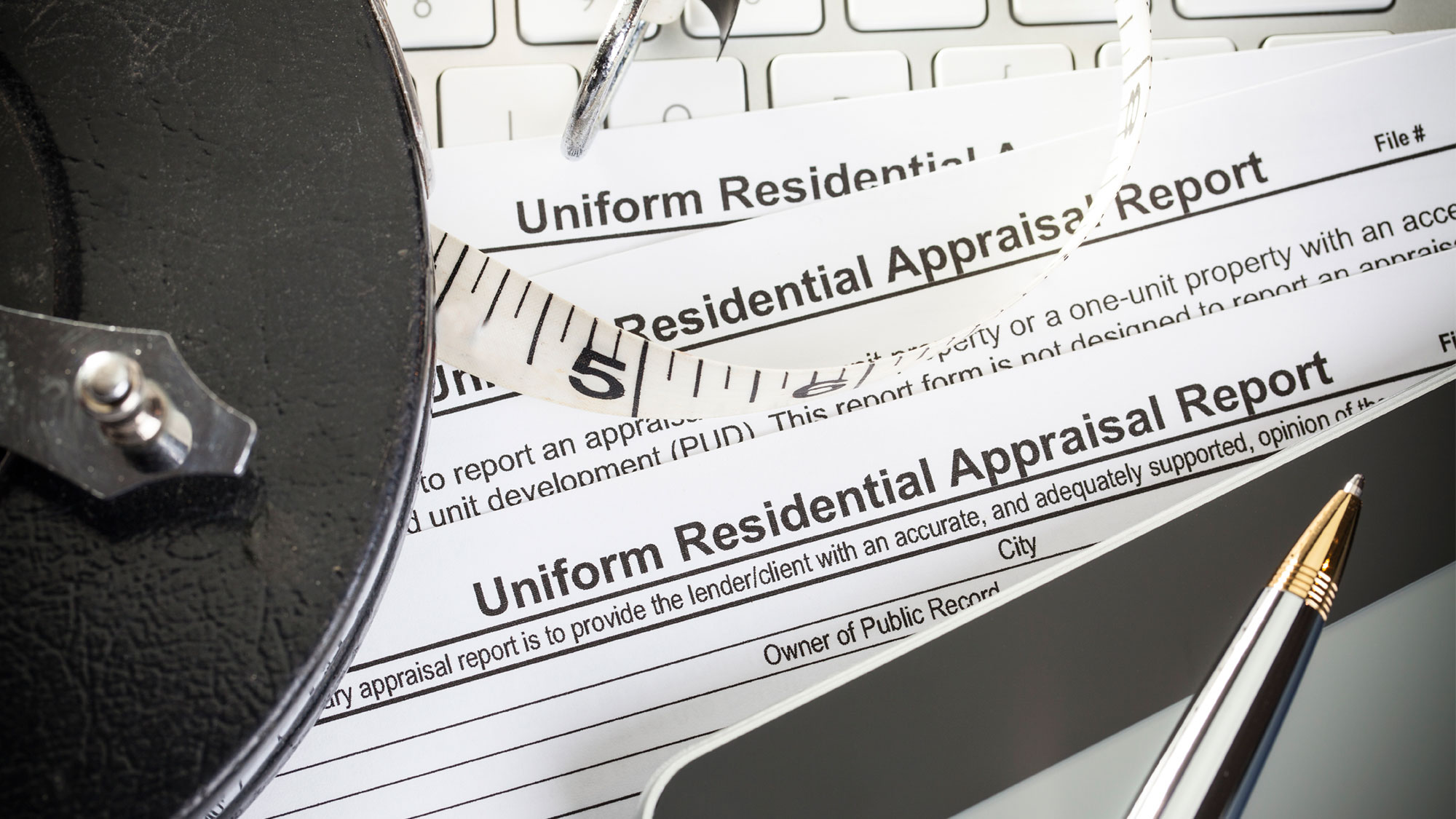So You Want to Buy a House? Step 7: Nail the Appraisal
You’ve found the house you love, put in a good offer, and it was accepted! Time to break out the Dom Pérignon White Gold? Sorry, not yet. If you’ve applied for a mortgage, your home-to-be still has to undergo a comprehensive appraisal of its worth … and an unfavorable appraisal can kill a deal. Yikes! It can be a nerve-racking ordeal, but it’s actually good for you. Allow this installment of our weekly 2016 Home-Buying Guide to demystify the process.
Appraisals estimate a home’s value with fresh eyes
Just because you and the sellers have agreed on a price doesn’t mean it’s a done deal—your lender needs to be on board, too. After all, it’s the lender’s investment as well.
Enter stage left: The appraiser.
While the process is somewhat similar to getting comps—as you did to determine a fair price—appraisers delve in much farther to determine the home’s exact value.
They’ll investigate the condition, the square footage, location, and any additions or renovations. Another key difference is that when you looked at the comps, you were probably hoping for a specific outcome—perhaps even some flaw that you could use as a bargaining chip to lower the price.
Appraisers, on the other hand, are trained to be unbiased, says Adam Wiener, the founder of Aladdin Appraisal in Auburndale, MA. “I don’t care what anybody wants the home to be worth,” he says.“I’ll give you the answer. You may not like it, but it’s the answer.”
You’ll get a copy of the appraisal, too
Appraisers set out to determine if the home is actually worth what you’re planning to pay. You might be surprised how little time that takes; they could be in and out of a home in 30 minutes, and that’s not a reason to panic. Appraisers aren’t home inspectors, who examine every little detail. While they’ll pay particular attention to problems with the foundation and roof, appraisers also note the quality and condition of the appliances, plumbing, flooring, and electrical system. With data in hand, they make their final assessment, and are required by law to give you a copy of the appraisal after the mortgage company receives it. Yes, after.
Appraisers work for your lender—not you
As the buyer, you’ll be paying for the appraisal. In most cases, the fee is wrapped into your closing costs and will set you back only $300 to $400. However, just because you pay doesn’t mean you’re the client. “My client is the lender, not the buyer,” Wiener says. This ensures that appraisers remain ethical—in fact, it’s a crime to coerce or put any pressure on an appraiser to hit a certain value. Appraisers must remain independent. “Anything less, and public trust in the appraisal is lost,” says Wiener.
They protect buyers from a bad deal
In essence, an appraisal is meant to protect you (and the lender) from a bad purchase. For instance: If the appraisal comes in higher than your asking price, it’s generally fine. Sure, the sellers could decide they want more money and would rather put their home back on the market, but in most cases, the deal will go through as expected.
If your appraisal comes in lower than what you offered, this is where things get tricky: Your lender won’t pony up more money than the appraised price. So if you and the sellers agree on $125,000 but the appraisal comes in at $105,000, it creates a $20,000 shortfall. What’s a buyer to do? Read on.
A curveball appraisal isn’t necessarily the end
If the appraisal comes in low and your contract with the seller was contingent on an appraisal, you could walk away and have your earnest money returned. If you prefer to buy the home anyway (or waived your appraisal contingency), there are some other paths you can pursue:
- Come up with the extra cash to cover the difference between the appraisal and offer price
- Ask the seller to cover the difference
- Challenge the appraisal and pay for a second opinion.
Keep in mind, though, that your new report could come out identical. Also keep in mind that if you do choose to walk away, that’s actually good news, although it may not seem like it at the time. Why? Because the appraisal kept you from paying too much for your home.
Once your appraisal is done, you’re still not ready to close without an inspection. Often the most nerve-racking part of the process, the inspection can reveal deal-breaking flaws like mold, foundation problems, and roofing issues. Learn how to survive the inspection in the next installment of our Home-Buying Guide next week.

